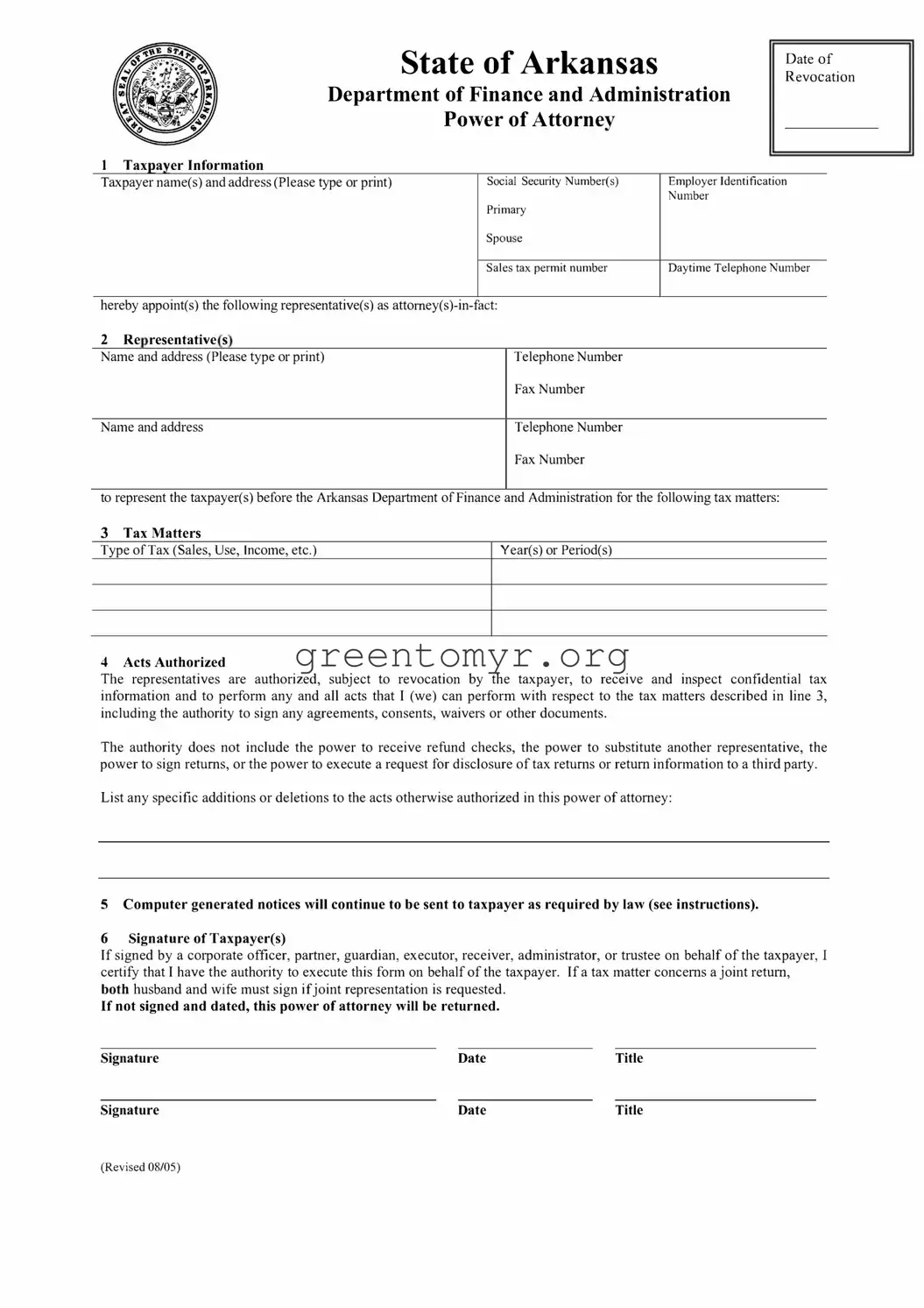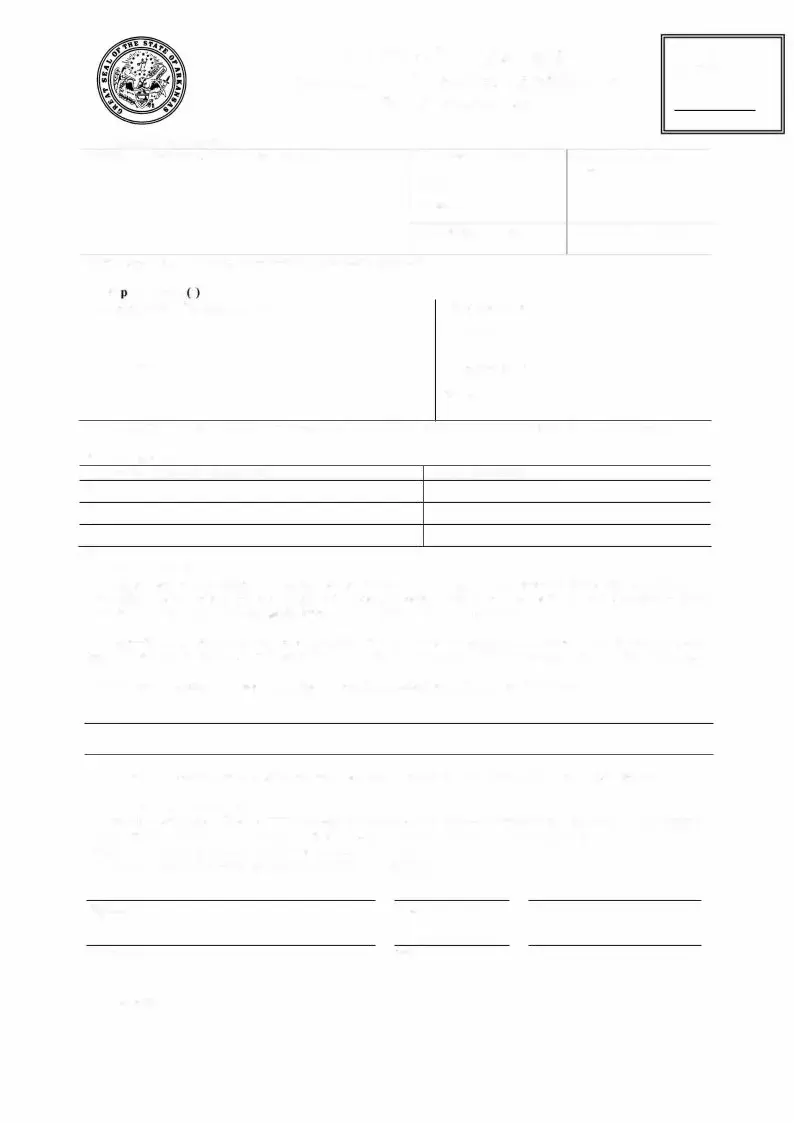Filling out the Tax Power of Attorney (POA) form can seem straightforward, but many individuals encounter pitfalls that can delay the processing of their request. One common mistake is failing to provide complete information. Users often forget to fill in their personal details, such as Social Security numbers or addresses. Without this essential information, the IRS may be unable to identify the taxpayer correctly.
Another frequent error occurs with signatures. Some individuals inadvertently skip signing the form or forget to have their representative sign as well. A missing signature can result in the POA being considered invalid, which means the agent cannot act on behalf of the taxpayer until the form is corrected and resubmitted.
People often misinterpret the scope of authority granted in the POA. They may either provide too broad of powers, which could lead to misuse, or too narrow of powers, which limits their representative’s ability to assist effectively. It’s crucial to clearly outline the specific tax matters the representative will handle.
In particular, dates can create confusion. Taxpayers sometimes neglect to date the form or use an outdated version. Using an old version may render the form invalid. Always ensure that you are using the current version of the form and provide the appropriate date when submitting.
Another common mistake is not providing the necessary documentation that supports the POA request. In some cases, additional forms or proof may be required. Failure to include these can lead to delays in processing as the IRS seeks further verification.
Some taxpayers overlook the importance of proper communication. They may not inform their representative about the specific details of their tax issues or deadlines that need to be met. Clear communication is essential for effective representation.
People also frequently overlook the need to notify the IRS of any changes. If there is a change in address or contact information for the taxpayer or the representative, the IRS must be informed to avoid issues in correspondence.
Another misconception involves assuming that the POA automatically covers all future tax matters. This may not be the case. Taxpayers should specify whether they want the POA to cover just the current tax year or extend further into future years.
Sometimes, individuals rush to submit the POA. This can lead to careless errors, such as typos or incorrect information. It is important to review the entire document carefully before submission to ensure accuracy.
Finally, some taxpayers fail to keep a copy of the submitted form for their records. Retaining a copy is essential for future reference, especially if any issues arise regarding the authority granted to the representative.

